Halve a Coin and Double the Fun: How the 2024 Halving Could Change Everything
Discover the transformative potential of the 2024 Bitcoin halving and its impact on the Bitcoin Ecosystem including Biofinit. Dive into our comprehensive guide and join the conversation around Bitcoin's pivotal event.
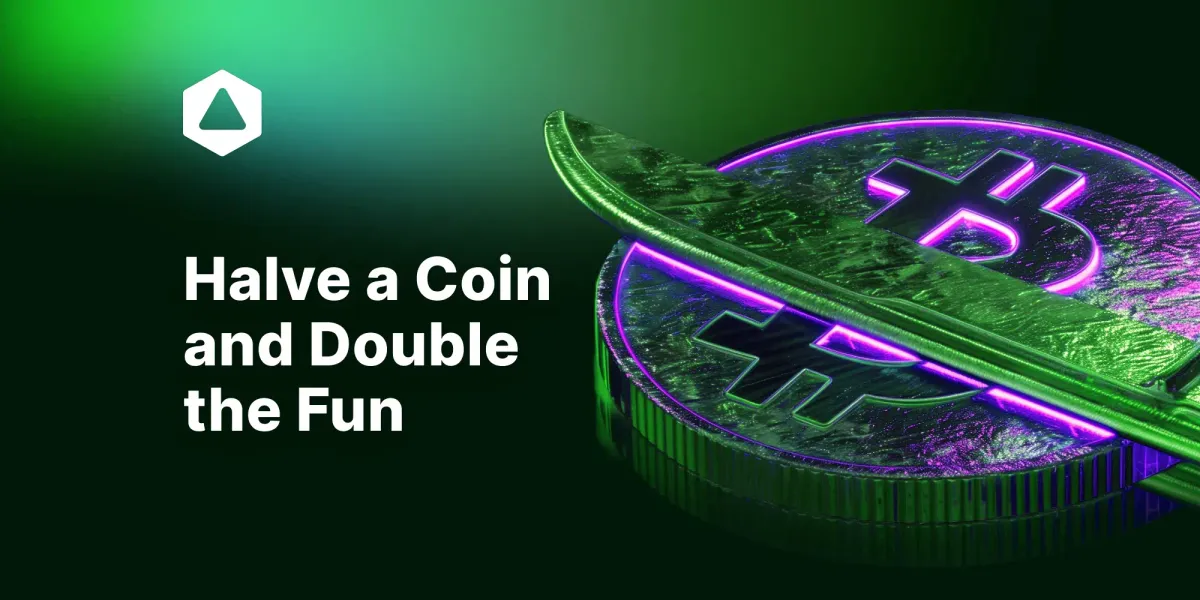
The 2024 Bitcoin halving is nearly upon us. Many people are wondering how it could impact the price of Bitcoin and what it means for the broader ecosystem. In this article, we'll discuss everything you need to know about the Bitcoin halving, also called the ‘halvening’.
Let's delve in and begin answering important questions like: What is the BTC halving all about? Why does it matter? How does it work? And more...
Bitcoin Mining ELI5
To recap and explain Bitcoin mining in simple terms:
The immutable digital currency bitcoin - BTC works on a network of computers called the blockchain. The blockchain records all the transactions that are happening on the network.
To keep the network secure and running, everyone connected uses their energy to verify the transactions and add new blocks to the blockchain.
The individuals who are doing this are called miners, and these miners are rewarded with newly mined Bitcoins in return for their efforts.
Bitcoin Halving
However, the number of new Bitcoins that miners receive is not fixed. It changes every four years, during an event called the Bitcoin halving. In this event, the reward for mining new blocks is cut in half, meaning miners receive 50% less Bitcoin for their work.
The Bitcoin halving is a rule that was established by Bitcoin's creator, Satoshi Nakamoto when he created Bitcoin in 2008.
Although, the original Bitcoin white paper, written by Satoshi, doesn't actually use the word "halving." He only discusses a way to make Bitcoin less inflationary by making mining more difficult.
Now, the next big question is: How does the Bitcoin halving work exactly? Is it like cutting pizza or felling a tree?
How Does the Bitcoin Halving Work?
The Bitcoin halving, or 'halvening' depending on what you prefer, cuts the number of new Bitcoins given to miners as rewards in half.
This is done for two important reasons:
- Scarcity: By limiting the total supply to 21 million, Bitcoin becomes scarce—just like rare Pokémon cards or vintage comic books. Scarcity often makes things more valuable over time.
- Reducing Mining Rewards: Every time around 210,000 blocks of Bitcoin are mined, the reward for mining new blocks is cut in half in order to slow down the creation of new Bitcoins.
When Is the Next Bitcoin Halving?
The next Bitcoin halving is expected to happen on April 19th, 2024 when we reach the 840,000th block. The exact date cannot be known for sure because the time it takes to generate blocks can change. However, we can make an estimation as it takes roughly ten minutes to create one block.
Trip Down to Bitcoin History Memory Lane
- Bitcoin Launch: January 3, 2009, with a reward of 50 BTC per block.
- First Halving: November 28, 2012, block reward reduced to 25 BTC.
- Second Halving: July 9, 2016, the block reward was reduced to 12.5 BTC.
- Third Halving: May 11, 2020, block reward reduced to 6.25 BTC.
- Fourth Halving: Expected April 2024, block reward to be reduced to 3.125 BTC.
Bitcoin halvings will keep happening every 210,000 blocks until around 2140 when we hit the 21 million coin limit.
In the grand scheme of things, you may wonder what's the significance of any of this? Well, let me lay it out for you.
Bitcoin Halving Matters
Bitcoin halving is important because it affects the supply and demand of Bitcoin in the market, which can influence its price. When the supply of new Bitcoins decreases, the existing Bitcoins become more scarce and valuable. In sharp contrast, if the demand for BTC stays the same or increases, the price of Bitcoin could go up as well.
Historically, Bitcoin halving has been associated with significant price movements, both before and after the event. For example, the first halving in 2012 was followed by a 9000% increase in the price of Bitcoin over the next year, while the second halving in 2016 was followed by a 2800% increase over the following 18 months.
However, the Bitcoin halving is not the only factor affecting the price of Bitcoin. The market’s demand for BTC can change due to many reasons, ranging from news to events to competitions to regulations to innovations and various market trends. So the debate around whether the halving is priced in or not is always a topic among the explanations we crypto enthusiasts provide to each other.
Therefore, the Bitcoin halving is not a guarantee that the price of Bitcoin will rise or fall. It is a significant event that can have an impact, but it is not the only one. Each halving is different and unique, and the market's reaction can be difficult to predict.
Whatever the market conditions eventually turn out to be – bullish or bearish – this 2024 halving is considered by most to be a special one, notwithstanding other factors.
What Makes This Halving Unique?
Experts like Cathie Wood suggest that the 2024 halving is special because with the block reward cut this year, very little, less than 6.6% of the total Bitcoin, will be left.
This event will also be the first time Bitcoin's supply grows more slowly than gold, possibly making it a better traditional store of value, especially in times of economic uncertainty and inflation.

Is this Time Really Different?
The Bitcoin halving could indeed be different due to some new developments in the internal Bitcoin ecosystem and changing macroeconomic conditions. For example, the creation of the Bitcoin ETFs has tied Bitcoin more closely to the stock market by bringing crypto onto Wall Street.
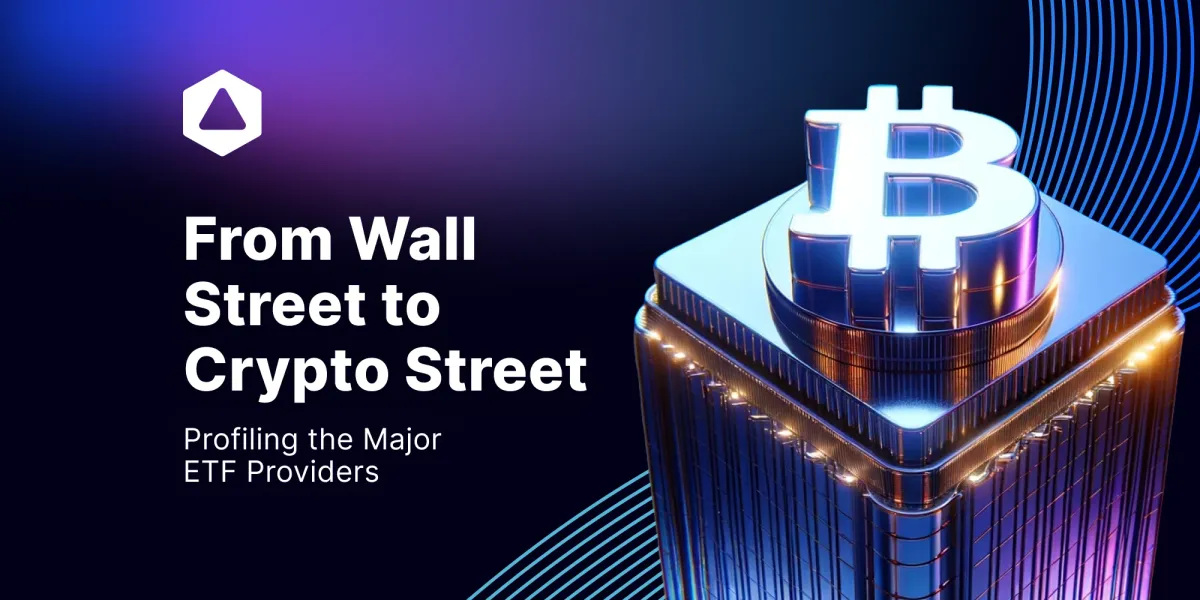
Also, internal Bitcoin affairs that are changing as builders find their way to improve the biggest blockchain is yet another variable thrown into consideration, given the evolving Bitcoin landscape. So while the impact of the halving is one of many "bullish" narratives, the potential start of a new market cycle is clearly on the horizon.
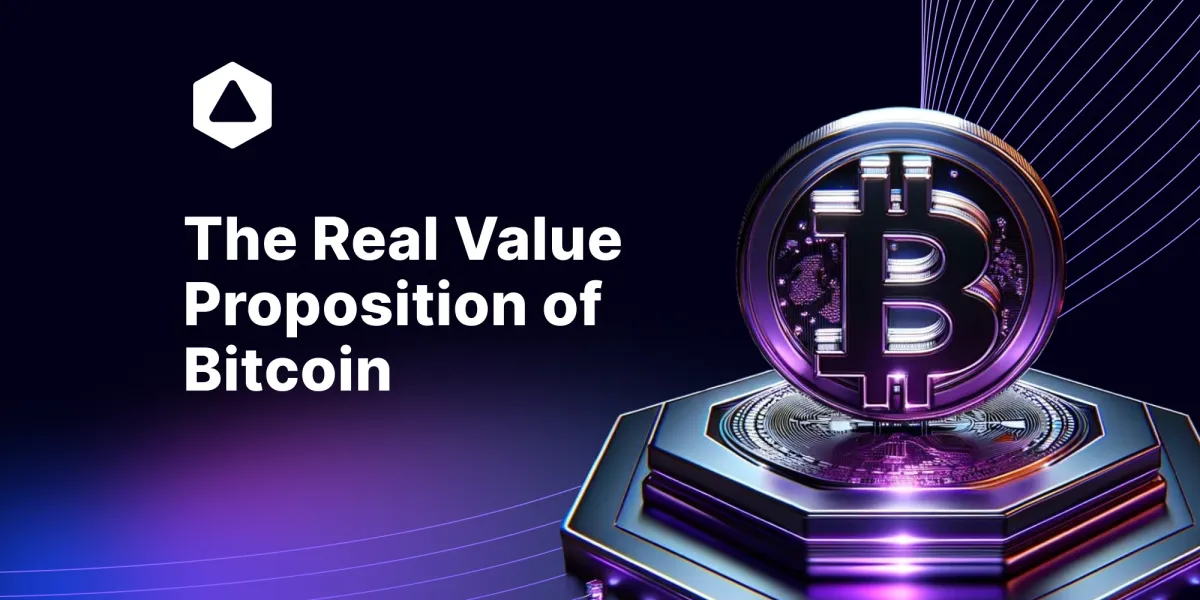
Influence on Bitcoins Game of Miners and Block Rewards
Block rewards are like the foundation of Bitcoin's security. Miners receive these rewards for their work in verifying transactions and adding new blocks to the Bitcoin blockchain. This work requires a lot of energy and money in terms of electricity costs and mining hardware expenses; therefore, the rewards help motivate miners to continue working and to remain honest in their network operations.
Bitcoin's security is based on game theory, where miners are incentivized to conduct honest work and discouraged from cheating because they could lose their rewards. These block rewards, along with transaction fees, provide miners with motivation to contribute to the network's computing power, making it more difficult to attack.
It is then reasonable to say that there is a connection between the rewards miners receive for properly securing the Bitcoin network through their work and the overall security of the network.
Affecting Bitcoin's Security
Block rewards are like prizes that attract more people to join the Bitcoin network, making it more secure. The more people who join, the more computing power—known as hash rate—the network has.
This higher hash rate makes it more difficult for anyone with mischievous intentions to attack the network because they would need to control a significant portion of the total computing power (hash rate) to succeed.
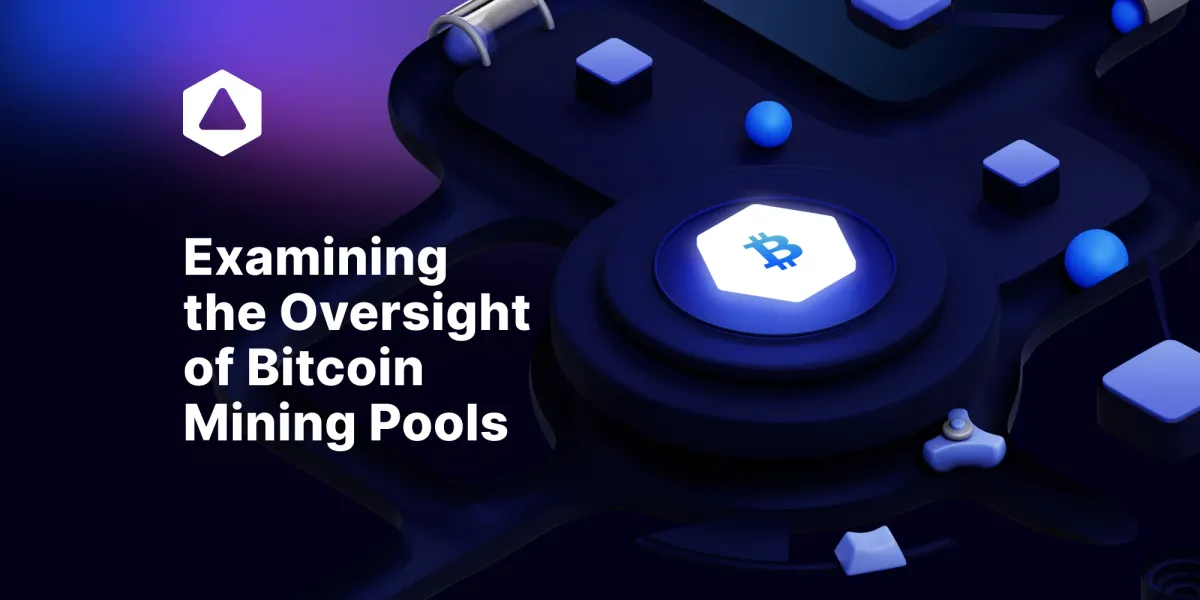
Why This is Good for Bitfinity
The upcoming Bitcoin halving could be beneficial for the Bitcoin ecosystem and Bitfinity in several ways.
Previous halvings have been accompanied by price rallies that pumped new money into Bitcoin startups and infrastructure projects. Bitfinity could receive increased interest as an innovative layer 2 protocol harnessing the security of Bitcoin and bridging the smart contract capabilities of Ethereum onto the oldest chain.
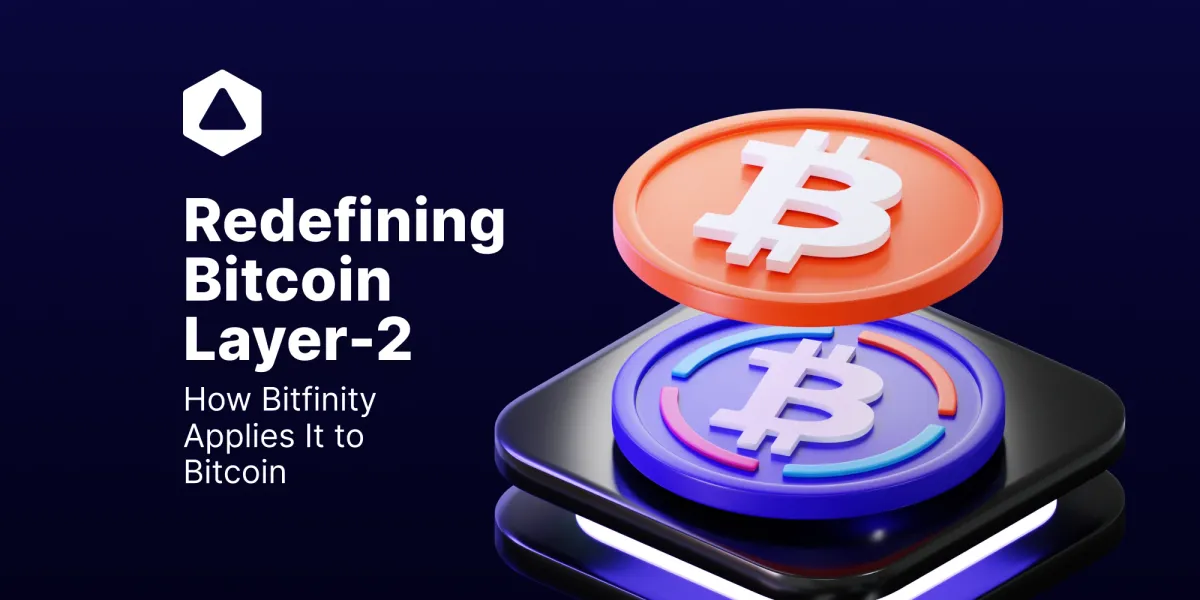
Higher prices and more activity on the Bitcoin network from a halving event can further incentivize development and experimentation on the base layer. An experience which will be met with bottlenecks and difficulties due to its low scalability.
Bitfinity directly addresses Bitcoin's scalability challenges, so it is well-positioned to contribute solutions and gain adoption under these conditions.
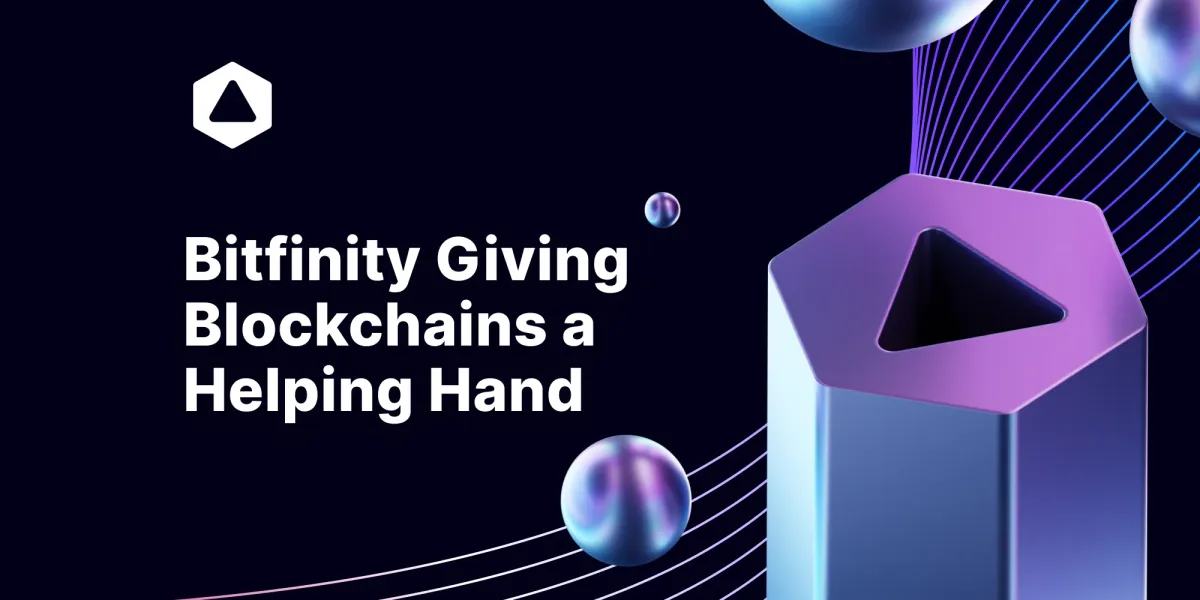
Is Bitcoin Halving Sustainable in the Future?
Whether Bitcoin halving can continue occurring in the future is a major question. However, the way Bitcoin's hardcoded code is designed suggests that as block rewards decrease, transaction fees could become a significant incentive for miners. This could enable the network to continue operating long after the last Bitcoin has been mined, maintaining the security and integrity of the blockchain.
Experts have debated whether transaction fees alone will be sufficient to motivate miners when block rewards diminish substantially. If transaction fees do not rise to counterbalance the loss of block rewards, the network could become less secure as miners might lack adequate financial motivation to continue working.
The Date Bitcoin Mining Dies
After the last halving event in 2140, when we will be the true OG's in the perspective of people or robots living then, miners will no longer receive block rewards. How the future beyond that point will unfold is limited only by one's imagination.
Conclusion
The upcoming Bitcoin halving event in April 2024 is a pivotal moment for the cryptocurrency, marking the fourth such event in its history. This process, which reduces the mining reward for new blocks by half, is a deliberate mechanism to introduce scarcity into the Bitcoin ecosystem and by doing so, it aims to preserve the value of Bitcoin over time and slow the rate at which new coins enter circulation.
As we approach yet another milestone in Bitcoin's life, anticipation in our community grows, with many speculating on the potential impact on Bitcoin's price. But what can be said is that this halving is beneficial, because it will ultimately underscore Bitcoin's unique economic model and evolving thesis over time.
Where Bitcoin's potential extends beyond simply storing value, redirecting attention to exploring its use as a wholly new foundational layer. If realized, this vision sees Bitcoin underpinning every infrastructure in crypto we currently utilize. In this ambitious undertaking, Bitfinity aims to play a supportive role.

Connect with Bitfinity Network
Bitfinity Wallet | Bitfinity Network | Twitter | Telegram | Discord | Github

*Important Disclaimer: While every effort is made on this website to provide accurate information, any opinions expressed or information disseminated do not necessarily reflect the views of Bitfinity itself. The information provided here is for general informational purposes only and should not be considered as financial advice.



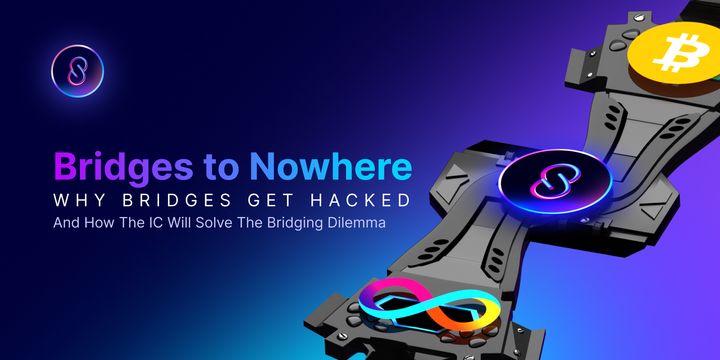
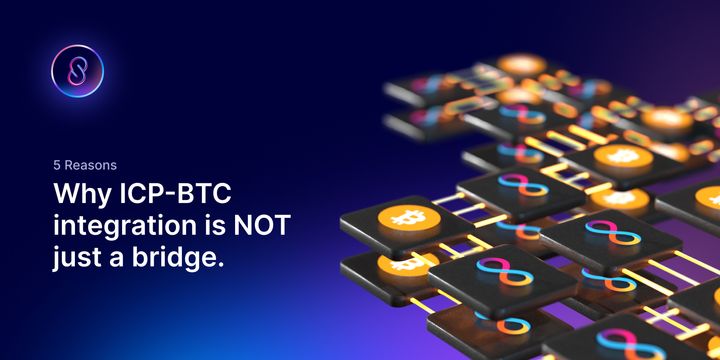
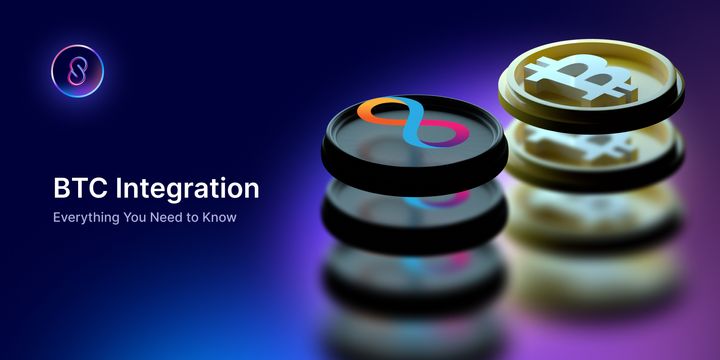
Comments ()